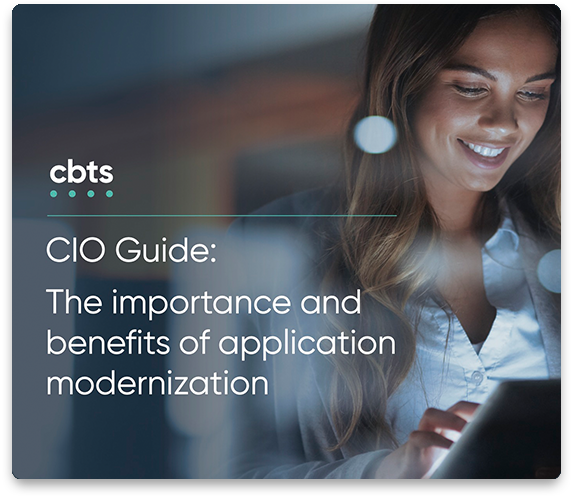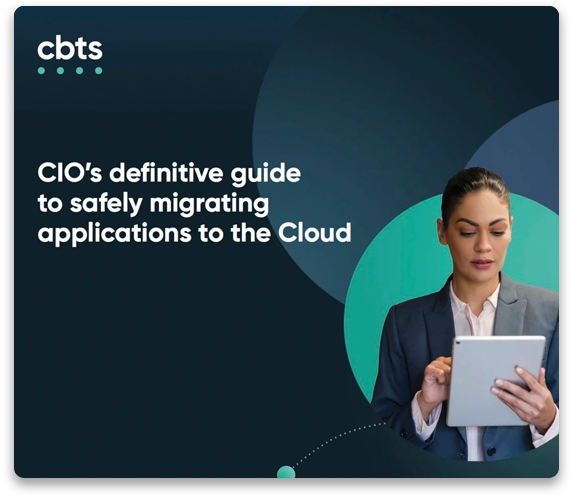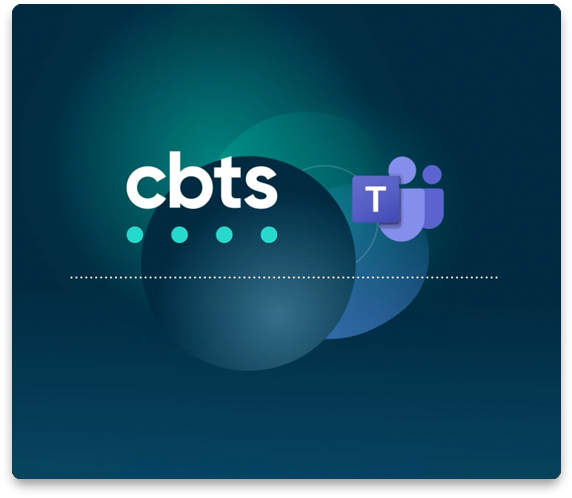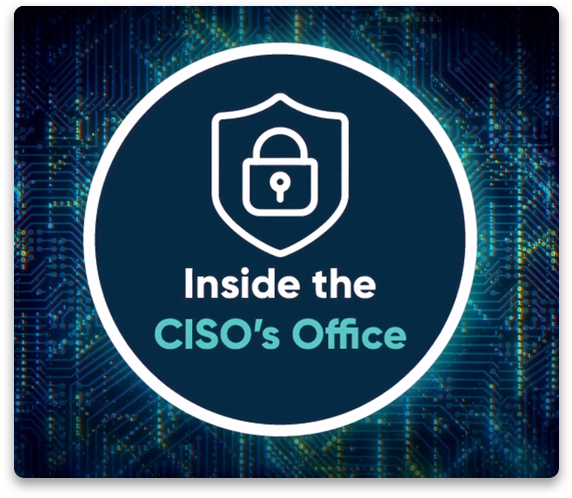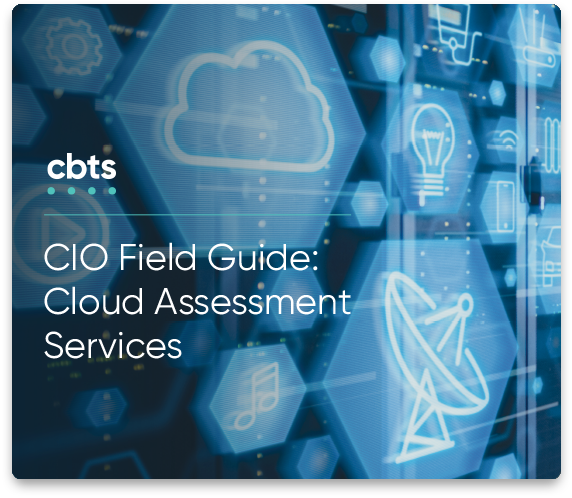
The impact of service disruptions on customer satisfaction and brand reputation
In today’s unpredictable world, it’s not a matter of if a disaster will strike but when. How an organization responds to emergencies can significantly influence its brand reputation, positively or negatively. Preparing a comprehensive communication strategy beforehand is not just advisable; it’s imperative.
Modern customer service paradigms are rapidly evolving, emphasizing communication across various digital channels. While traditional phone services remain accessible, digital platforms offer rapid, efficient modes of communication, increasingly becoming the preferred choice across all demographics. This transition underscores the necessity for organizations to cater to populations that might not have access to digital channels, ensuring inclusivity and readiness for any eventuality.
Over the last five years, global events have dramatically reshaped how communities communicate, emphasizing the need for adaptable and robust communication platforms. For instance, consider a natural disaster that hinders a company’s communication infrastructure. Having a designated emergency number or platform where employees can receive updates or instructions becomes crucial. Social media can also serve as an effective channel for disseminating information quickly and widely.
How CCaaS can support your organization through a crisis
Expecting the unexpected, so to speak, is a tricky proposition. Business leaders can never know for sure what form a crisis will take. The mode of a disaster directly affects how an organization stays in communication with its workforce. A company’s contact center could be damaged or destroyed in a natural disaster. Or an enterprise could be locked out of critical systems by a malware attack.
In such scenarios, a Contact Center as a Service (CCaaS) can help your team prepare a disaster recovery communication strategy. A cloud-based contact center is an excellent solution for disaster support, allowing your leadership to reach thousands of people quickly.
CCaaS helps organizations be proactive when planning for the worst. However, it’s not just for disasters. This system can be used for temporary communications—bursting capacity or event communications. For example, you may enable a command center to support events like a marathon, festival, etc. Leading up to the event, the CCaaS solution can keep participant information, and during the event, you can use it to manage vendors, food services, and other temporary services.
This dual utility underscores the versatility and critical importance of a robust, multi-channel communication strategy. By enabling a command center to support both unforeseen disasters and planned events, organizations not only safeguard their operational integrity but also enhance their service delivery and brand reputation. The time to prepare is now, ensuring readiness for whatever challenges the future may hold.
Also read: Top ten benefits of integrating your cloud-based contact center with UCaaS
Disaster recovery in communication systems
In the context of customer support, disaster recovery refers not to getting vital systems back up and running (as it does in the case of DRaaS or managed backups), but rather it refers to maintaining business continuity and operations via communications systems. By keeping the channels of communication open and functional during disasters, you prioritize the health and safety of your employees and customers who depend on your services.
Customers sometimes confuse disaster communication systems with a ‘back-up’ contact center or a smaller version of their existing contact center or CCaaS services. They understandably are concerned about the cost and effort to maintain an additional call center continuously. However, implementing a crisis contact center is sometimes more cost-effective, incurring a fraction of the cost associated with traditional contact center services. Additionally, emergency communication channels can be quickly established without needing ongoing maintenance.
Maintaining connectivity and business continuity
Disasters can strike at any time, and communication is critical when they do. In such situations, having the ability to communicate through multiple channels is crucial. A comprehensive approach, incorporating phone messaging apps such as WhatsApp, Facebook Messenger, and other emerging platforms, can help ensure that communication lines remain open, even if some channels are disrupted. Organizations can significantly mitigate the risk of communication blackouts by providing a solution that spans numerous channels. Remember, preparedness is vital, and being ready to communicate through multiple channels can help ensure that you stay connected during critical times.
Also read: How CXsync is transforming enterprise businesses through cloud-based contact centers
Creating a disaster recovery communications plan
When you consult with CBTS, our team will discuss the likely scenarios that could impact your business. We will tailor solutions and build a timeframe to address your unique needs. We will also identify the communication pathways we need to protect and suggest the best technology to suit the plan.
The process unfolds in the following way:
- Discovery: Identify your needs, understand the communication pathways we are trying to protect, and think about likely scenarios that could impact your business.
- Planning: Select the technology and build out a timeframe. Then, identify the best technology to suit the plan based on your unique needs and tailor solutions accordingly.
- Design: Document your plan and technology decisions.
- Build phase: Establish the technology.
- Adoption/Implementation: We create pre-event communications and provide rapid, truncated training videos and quick-start guides to get users up and running in 45 minutes.
- Testing: We regularly test the system to ensure smooth function when disaster strikes.
Maintaining business continuity through even the most difficult situations
Unlike traditional contact centers, a cloud-based CCaaS disaster communication system can transition to emergency backup communications within minutes or hours instead of weeks.
Embracing a cloud-based contact center solution can revolutionize customer experience by providing accessibility, personalization, and efficient issue resolution. At the same time, it empowers employees with flexibility, collaboration, and data insights, enhancing productivity and engagement, even during crisis events. To successfully implement a cloud-based contact center, you must carefully assess your business needs, select the right provider, and prioritize training and monitoring.
If you want to learn more about how CBTS can help you implement or refine your cloud-based contact center solution in disaster scenarios, please don’t hesitate to contact us.

